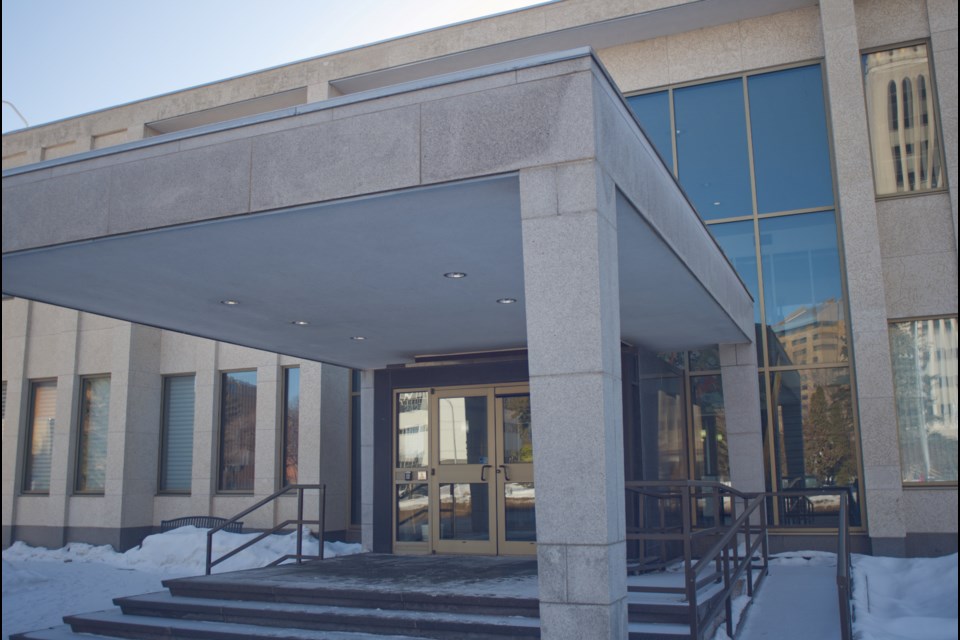REGINA – Court heard from an expert forensic pathologist as the second week of the Whitby murder trial continued today in Regina Court of King’s Bench.
Chelsea Rae Whitby, 27, is accused of second-degree murder of her 18-month-old son, Emerson William Bryan Whitby. After being rushed to hospital non-responsive on June 10, 2020, Emerson was declared brain dead hours later and taken off ventilation.
Expert witness Dr. Andreea Nistor performed the autopsy on young Emerson on June 11, 2020. The findings from her autopsy report revealed an intracranial subdural haematoma, with the cause of death being blunt force trauma of the head.
Dr. Nistor completed a full external examination as part of her process, concluding that Emerson’s death was not accidental in her view.
“To me, the pattern of this bruising on the upper body, its highly suggestive of something non -accidental,” she told the Court. “Children don’t fall with their head, chest, and neck without bruising on their leg and knee.”
She also noted that the bruises found on Emerson’s body were of various colours, indicating some older and newer injuries were present. The multiple incidents of bruising Dr. Nistor observed were not consistent with a single fall out of a crib.
Giving a detailed account of her process, Dr. Nistor also noticed bruises that matched with the subdural hemorrhaging. In fact, as she described, the haemorrhage caused the right hemisphere of Emerson’s brain to swell and cross the midline, pushing to the left side. Dr. Nistor also noticed retinal haemorrhages and along the optic nerve. She ultimately sent the brain, optic nerves, and eyes to a neuropathologist in Saskatoon for further investigation.
When asked by Crown attorney Adam Breker if the external observations pointed her to a definitive action that caused death, Dr. Nistor could not confirm the method exactly.
“Not necessarily,” she said. “This child had multiple injuries at different points in time.”
Breker also questioned Dr. Nistor about the degree of force required to cause such an injury.
“It’s usually believed that normal play, household activities won’t result in a subdural haemorrhage in a healthy individual,” she said, adding that this was “something greater than a normal activity and play.”
Also during her examination, Dr. Nistor discovered some fractures - two on one rib, and a third on another rib - all from a previous injury that had healed. She also found a fracture on the back of Emerson’s head, just left of the occipital bone, believed to have occurred previously as well. Defence counsel Darren Kraushaar asked Dr. Nistor if such an injury could be caused by falling backwards and striking their head, to which she agreed.
When asked if the injuries were something Emerson would have been able to cause himself, Dr. Nistor replied that the “distribution of the bruising is not suggestive of repeated falls.” However, it could be possible if he had a tendency to hit his head. She also stated that the lower aspect of the chin - which displayed bruising - is a “very difficult spot to fall on.”
Breker also asked what symptoms are associated with intracranial pressure, to which Dr. Nistor listed headache, vision difficulties, sometimes deficits on one side of the brain, vomiting, generally feeling unwell, and can include losing conscienceless and even a coma. Through several previous witnesses in this case, the Court heard many times that Emerson had been feeling ill during the previous day, including vomiting.
Testimony will continue tomorrow, and the trial will continue into next week.
— for more from Crime, Cops and Court.





